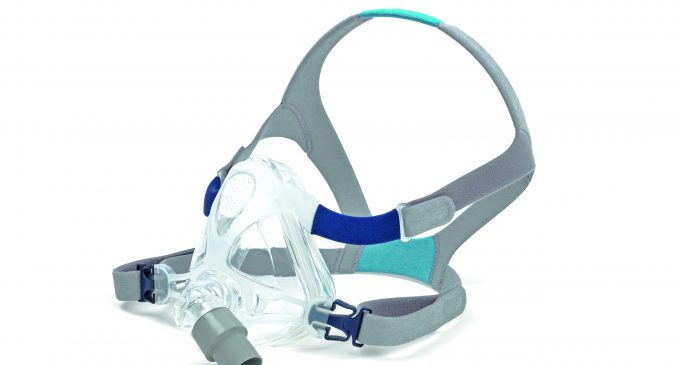Ultrasonic Technology The Safe And Economic Joining Solution

Ultrasonic welding is a well proven and reliable method for joining metal or plastic parts. The areas of application for this technology are wide and varied and range from joining thermoplastic components and embedding metal inserts, through to joining wire cables, welding cable harnesses as well as securing packaging materials and other special applications involving foils and thin metal sheets.
Although using ultrasonic technology may mean higher investment costs initially, when compared to other processes, it is very often more economic in the long term when the tooling costs, energy consumption and joining quality are taken into consideration. In this informative article, Telsonic UK highlight the benefits that the process can bring to many welding and joining applications.
In comparison to other metal welding processes, when using ultrasonics the parts which are being joined do not become as hot, ensuring they never reach their melting point. This results in several advantages compared to other joining techniques: other materials in the immediate vicinity such as wire insulation are not damaged. In addition, no structural changes occur in the boundary layer, such as embrittlement of the parts that are being joined at the transition to the solid material.

(LEFT – Connection between copper cable and MAK terminal welded using ultrasonics
RIGHT – Different joining tasks require tailor-made acoustic tools)
Low energy demand and a long service life
Ultrasonic welding is also very energy efficient. The ultrasonic system uses state-of-the-art high-performance electronics to convert the electrical energy into vibration energy and thermal energy in the fusion zone with a high degree of efficiency.
This energy can vary between a few joules to several kilojoules. The welding force is usually generated by pneumatic cylinders. Depending on the application and the duty cycle, compressed air may also be required to cool the tools. A typical ultrasonic generator has an output of 3.6 kW, which is significantly less than the output of a resistance welding machine. Traditional resistance welding often also requires expensive water cooling with additional recycling and cleaning costs, or even a new power supply to provide the required power when multiple systems are used.
The tooling costs associated with the ultrasonic process are also straightforward. The acoustic tools, known as sonotrodes, are typically made of aluminium, titanium or hardened tool steel. Aluminium is inexpensive and can be processed quickly and easily. Titanium may be more expensive, but it is extremely wear-resistant. All variants have an impressively long service life. Depending on the application, ultrasonic sonotrodes are capable of withstanding several hundred thousand cycles. Resistance welding tools on the other hand normally have to be changed daily in an automated environment. With plastic welding, the service life of the sonotrode work surface is significantly longer in some cases and can easily reach well over one million cycles with less abrasive materials.
Ultrasonic welding is therefore an inexpensive joining method for the majority of thermoplastics and non-ferrous metals such as aluminium, copper, brass and nickel. However, failure to pay attention to having a suitable design for the part in question can result in extensive adaptations and loss of the financial benefits. Telsonic therefore recommends involving an ultrasonic specialist at an early stage of the design phase, in order to ensure that the design of the component and the joining zone is compatible with the ultrasonic process, avoiding the need for modifications and additional costs at a later date.
Ultrasonic joining technology for plastics and metals is therefore safe, economic and ecological. It is now widespread in the automotive industry, since it actively supports weight reduction, energy efficiency and electromobility. It is suitable for virtually any lightweight material and is also used for the on-board power supplies of high-current applications in electric vehicles, where copper is increasingly being replaced by aluminium to save weight. Short cycle times, selective energy supply, flexibility in use and a high degree of process reliability are other criteria that characterise ultrasonic welding technology.
Telsonic UK offer a comprehensive range of ultrasonic modules and systems for a variety of plastic and metal welding, cutting, sealing, cut’n’seal, food cutting, sieving and cleaning applications within a wide range of industries.


























